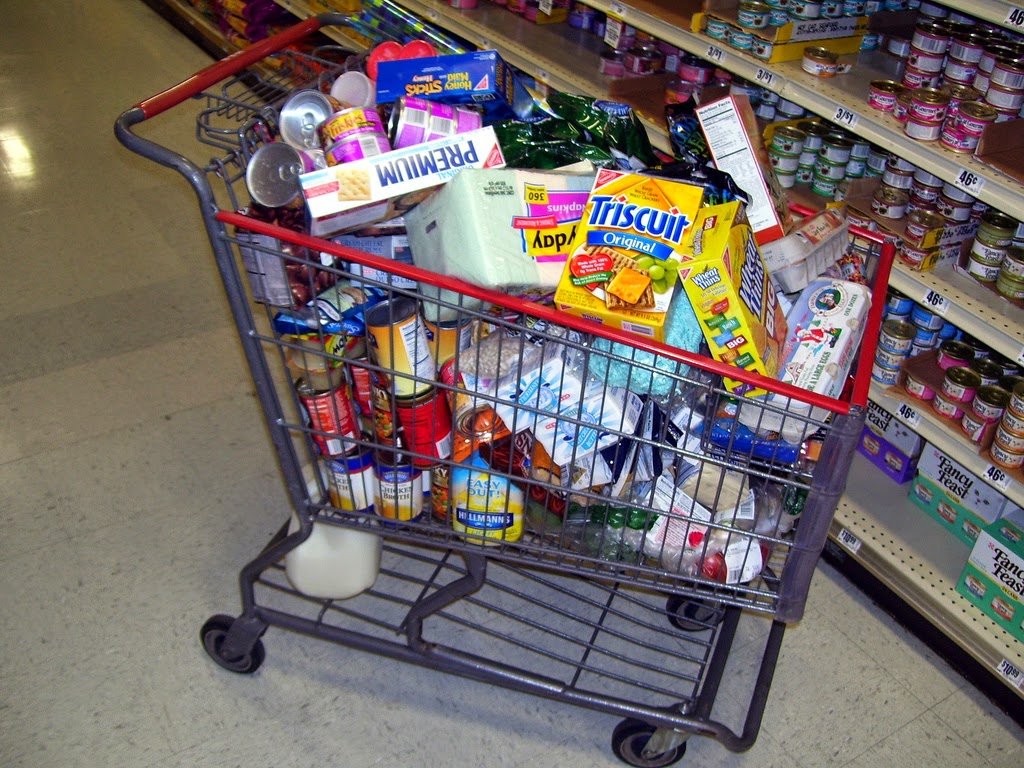 |
| "Holiday Cookies" by Whitney is licensed under CC BY 2.0 |
‘Tis the season for holiday gatherings! If you’re inviting friends and loved ones over to your apartment this season, or have in the past, you understand that hosting is hard work and can be stressful! While your friends and family don’t expect every single detail to go perfectly, there are some main areas you can focus on to make sure your guests have an enjoyable experience! These are mistakes you’ll want to avoid at your holiday party, courtesy of Apartment Therapy.
1. Expecting guests to help themselves to food and drink.
Don't expect that your guests will know to help themselves to the beer in the fridge, or that they'll be able to find those cookies tucked away in the back of the kitchen. Guests may not be comfortable enough in your house to go hunting around, so make sure everything is in plain sight.
2. Not thinking about flow.
When you're arranging furniture and thinking about where to locate food and drinks, consider how people will move through the house. Generally everyone is going to walk in the door and then go straight for the food and drink, so make sure there's a clear path to the goodies. Think about places where bottlenecks will form and try to eliminate them by creatively moving furniture — if, for example, you have a small kitchen, putting out food in a different room will keep everyone from winding up uncomfortably jammed into a tiny space.
3. Thinking you have to provide seating for everyone.
Unless you're hosting a dinner party, your guests will probably spend most of the party on their feet, chatting. Usually people will only sit down at the very end of the party, when most guests have already left, so provide one or two conversational groupings of chairs, but don't feel like you have to have a seat for every single person. You don't want to wind up with a whole roomful of people, awkwardly standing around a bunch of unused chairs.
4. Serving food and drink that take a ton of prep on the day of.
If you have your heart set on on serving handcrafted cocktails at your party, hire a bartender (or enlist a friend to do the honors) — otherwise you'll spend your whole party mixing and shaking, secretly resenting your guests for having such a good time. Pitcher drinks will make your guests just as happy, and allow you to enjoy yourself too. The same goes for food that requires elaborate preparation — opt for something simpler, or even better, supplement with some appetizers from the frozen food section. With some creative plating, your guests will never know the difference.
5. Not having a plan for music.
You don't have to hire a band or come up with the World's Most Creative Playlist — but you do need something playing when guests arrive. Music provides a little background noise to make people comfortable during those awkward introduction stages, and it also helps set the tone for the entertainment to come.
6. Forgetting to check the thermostat.
A bunch of people all together in a little room = lots and lots of body heat. If you're having a large gathering, you'll probably want to do something — turn of the heater, open up windows, maybe even turn on the A/C for a little while — to cool down the room before people arrive, so you don't wind up with a sweltering apartment two hours later when it's too late to do anything about it.
7. Leaving your guests to introduce themselves.
Especially if you've invited friends who don't know anyone else at the party, don't just welcome them and put a cocktail in their hand and then leave them on their own. Make sure to introduce them to one or two other folks at the party so they're not floating around on their own.
8. Trying to do everything on your own.
Hosting a party is more than a one-person job. No matter how much you prepare ahead of time, you'll probably find yourself scrambling to get things ready at the last minute. If you enlist help — a spouse, a family member, a close friend — you'll be able to spend the first few minutes of your party greeting your guests, and not running around in the kitchen while they awkwardly stand about. (And chances are your friends will be happy to help.)
9. Forgetting to relax and enjoy yourself.
Which party would you rather go to — an event with perfect decorations, food, and drink, with a stressed-out, frazzled host, or a less closeup-worthy event where the hostess is relaxed and having a good time with her guests? Your guests feel the same way. You're the host, and your mood will set the tone for the rest of the party — so relax, have a drink, and let the little things work themselves out.











